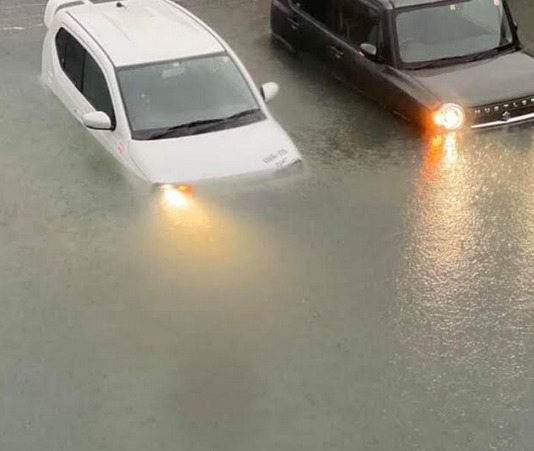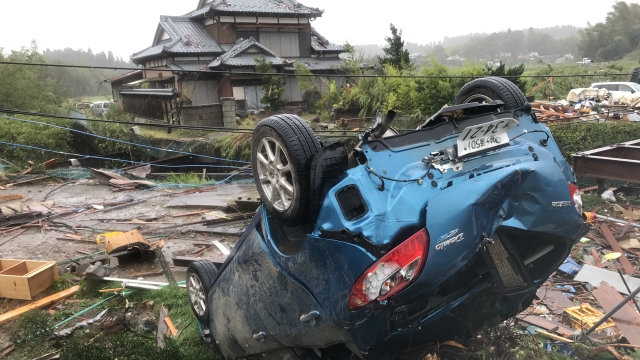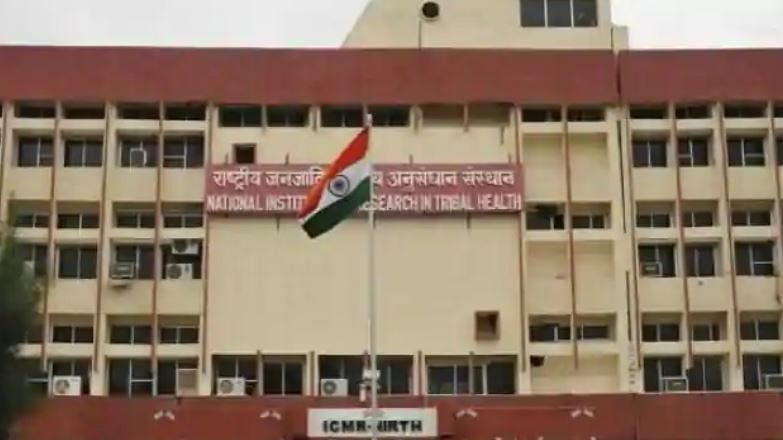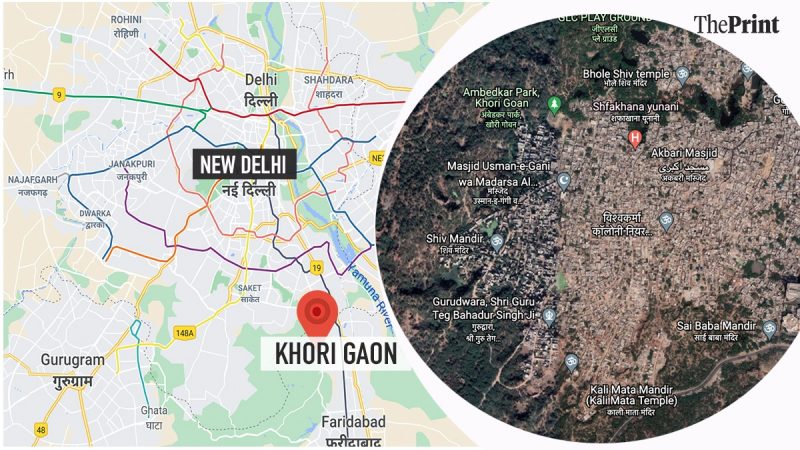Typhoon Hagibis made landfall south of Tokyo on Saturday evening and battered central and northern Japan with torrents of rain and powerful gusts of wind. The typhoon was downgraded to a tropical storm on Sunday.
Helicopters, boats and thousands of troops were deployed across Japan to rescue people stranded in flooded homes on Sunday as the death toll from a ferocious typhoon climbed to 33.
Japan Public broadcaster NHK said 14 rivers across the nation had flooded, some spilling out in more than one spot.
The government’s Fire and Disaster Management Agency, which tends to be conservative in its counts, said late Sunday that 14 people died, 11 were missing and 187 were injured as a result of the typhoon. It said 1,283 homes were flooded and 517 were damaged, partially or totally.
Where as Japanese media tallies were higher. Kyodo News agency reported that 33 people died and 19 were missing.

“The major typhoon has caused immense damage far and wide in eastern Japan,” government spokesman Yoshihide Suga told reporters.
News footage showed a rescue helicopter hovering in a flooded area in Nagano prefecture where an embankment of the Chikuma River broke, and streams of water were continuing to spread over residential areas.
The chopper plucked those stranded on the second floor of a home submerged in muddy waters.
Aerial footage showed tractors at work trying to control the flooding and several people on a rooftop, with one waving a white cloth to get the attention of a helicopter. Nearby was a child’s school bag.
In another part of Nagano, rows of Japan’s prized bullet trains, parked in a facility, were sitting in a pool of water.
A section of the city of Date in Fukushima prefecture was also flooded, with only rooftops of residential homes visible in some areas, and rescuers paddled in boats to get people out. Parts of nearby Miyagi prefecture were also underwater.
The Tama River, which runs by Tokyo, overflowed its banks, flooding homes and other buildings in the area.
Among the reported deaths were those whose homes were buried in landslides. Other fatalities included people who got swept away by raging rivers.

Early Sunday, Suga said that some 376,000 homes were without electricity, and that 14,000 lacked running water.
Tokyo Electric Power Co. said late Sunday that more than 66,000 homes were still without power. Tohoku Electric Co. said 5,600 homes still lacked electricity, in the northern prefectures of Miyagi, Iwate and Fukushima. Both utilities said they were working to restore power.
As the typhoon bore down on Saturday with heavy rain and strong winds, the usually crowded train stations and bustling streets of Tokyo were deserted. But life was returning to normal on Sunday, and flights that had been grounded from Tokyo airports were gradually being resumed. However Stores and amusement parks had also closed, and some Tokyo stores remained closed Sunday.
Evacuation centers had been set up in coastal towns, with tens of thousands seeking shelter. Kyodo News agency said evacuation warnings had been issued to more than 6 million people.
The typhoon disrupted a three-day weekend in Japan that includes Sports Day on Monday.
The authorities had repeatedly warned that Hagibis was on par with a typhoon that wreaked havoc on the Tokyo region in 1958, but the safety infrastructure that Japan’s modernization has brought was apparent.
The typhoon six decades ago left more than 1,200 people dead and half a million houses flooded.









